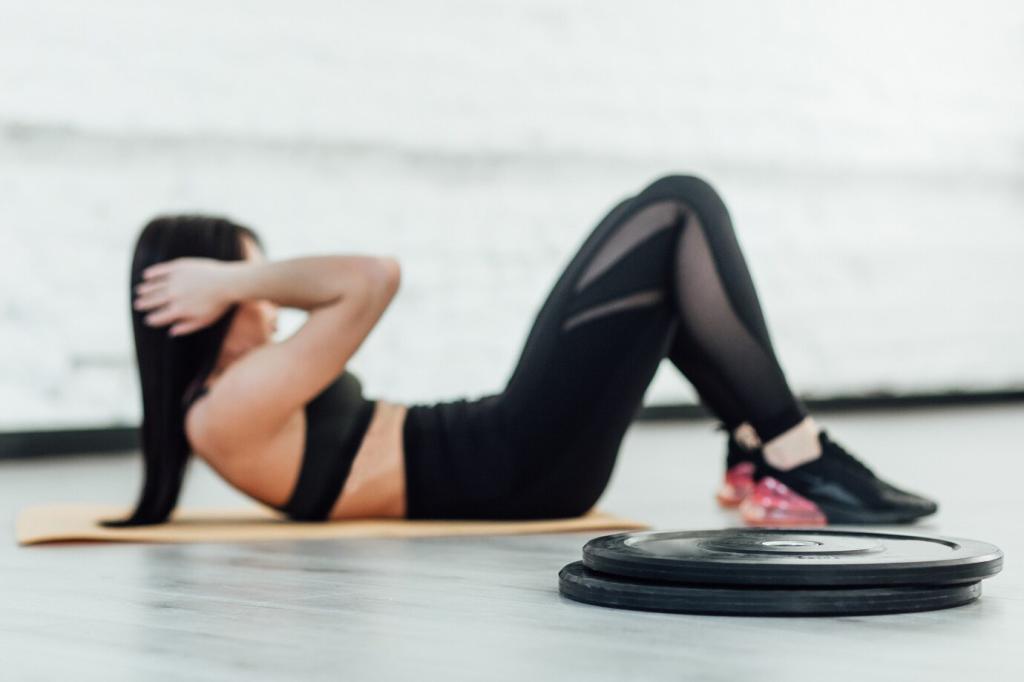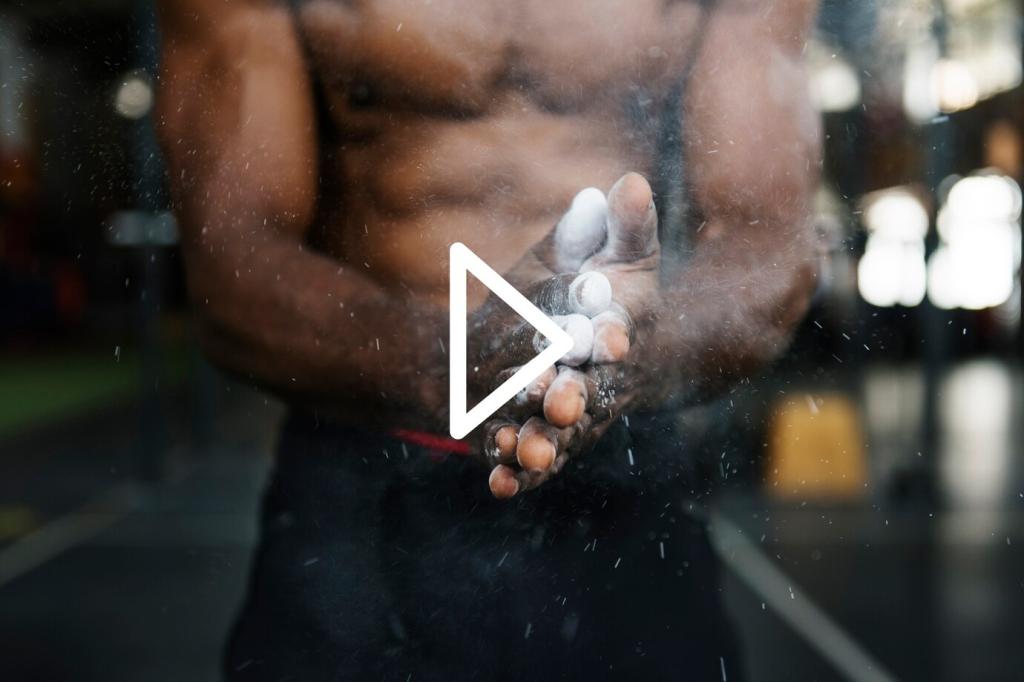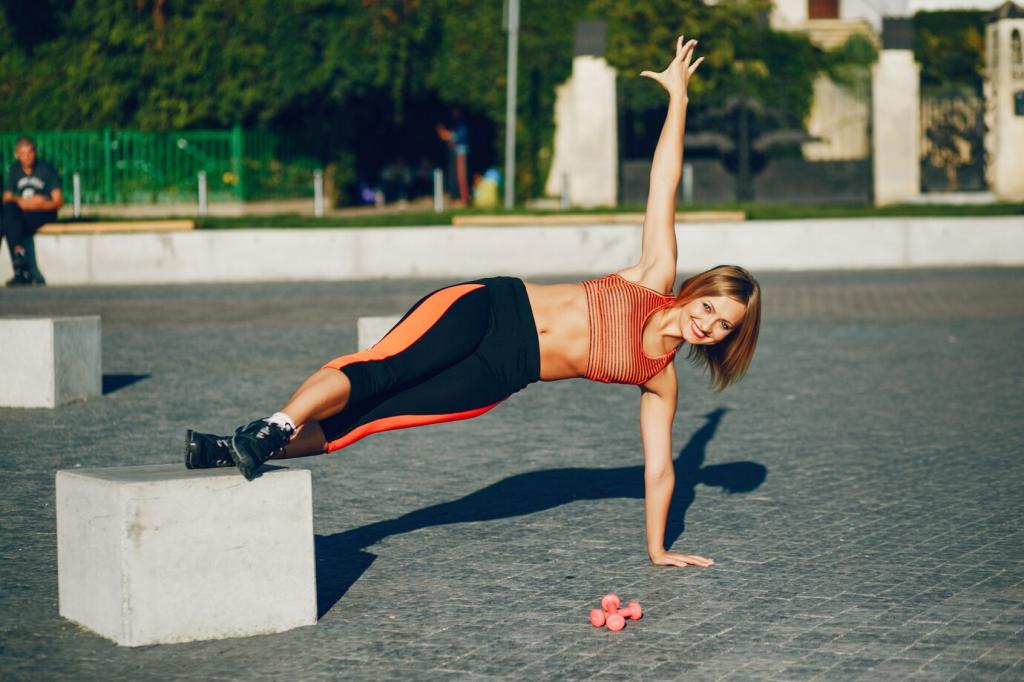Stronger Between the Reps: Incorporating Rest and Recovery in Fitness Plans
Theme: Incorporating Rest and Recovery in Fitness Plans. Real progress isn’t just built under the bar or on the track—it’s forged in the quiet moments afterward. Today we dive deep into the art and science of recovery, so you train smarter, feel better, and keep showing up. Share your favorite rest ritual and subscribe for weekly recovery prompts.

Adaptation Happens Off the Gym Floor
During training, you create a purposeful disturbance—tiny muscle microtears, nervous system fatigue, and energy depletion. During recovery, your body overcompensates, repairing tissues and reinforcing neural pathways so you return stronger. Respect the cycle, and your gains accelerate instead of stall.
Overtraining: The Progress Thief
Persistent soreness, irritability, poor sleep, elevated morning heart rate, and flat workouts are classic warning signs. Ignoring them can turn small plateaus into injuries. Listen early, adjust volume, and lean on rest. Have you noticed a sign lately? Tell us what you changed.
A Short Story of Rest-Fueled Gains
When Alex swapped a weekly HIIT session for an easy mobility day, deadlift numbers finally moved after months stuck. The lighter day improved sleep, cut lingering soreness, and restored snap in the hips. One small recovery choice re-opened the door to personal records.

Sleep: The Underrated Performance Enhancer

Deep Sleep, REM, and Muscle Repair
Deep sleep supports tissue repair and growth, while REM consolidates skills and movement patterns you practiced. Together, they translate yesterday’s reps into tomorrow’s performance. When sleep quality rises, soreness drops, coordination sharpens, and your body handles training stress with surprising ease.

Build a Sleep Ritual
Create a wind-down routine you actually enjoy: dim lights, a consistent bedtime, a cool room, and screens off earlier than you think. Keep caffeine earlier, journal stray thoughts, and read a few pages. What one small change could you commit to tonight? Share it and tag a friend.

Anecdote: The PR That Started in Bed
Maya stopped doomscrolling, set a gentle alarm, and added fifteen quiet minutes to stretch and breathe before bed. Within two weeks, her squats felt springy again, soreness faded faster, and she matched a long-stalled personal record. The secret wasn’t a new program—it was better sleep.
Fueling Recovery: Protein, Carbs, and Hydration
Protein Timing Without the Panic
You do not need a frantic sprint to the shaker. What matters most is enough protein across the day and a solid dose within a few hours of training. Include diverse sources, prioritize meals you can repeat, and let habit—not urgency—do the heavy lifting.

Mobility, Stretching, and Soft Tissue Care
Use dynamic movements before training to raise temperature and prepare joints for load. Save longer static stretches for after sessions or on recovery days to gently lengthen and decompress. Timing the right method to the right moment amplifies benefits without sapping performance.
Mobility, Stretching, and Soft Tissue Care
Brief sessions can reduce perceived soreness and nudge range of motion upward by calming tight tissues. Roll slowly, breathe, and avoid pain faces. Follow with gentle mobility work so the new range becomes usable, not temporary. What tool helps you most—roller, ball, or a simple towel?




Deloads, Periodization, and Readiness Tracking
Every few weeks, trim training volume and intensity to let adaptations solidify. Think of it as maintenance for your body and motivation. When life adds stress, deloads protect your progress and keep the next block feeling exciting rather than intimidating.
Deloads, Periodization, and Readiness Tracking
Rate of perceived exertion, resting heart rate, and basic sleep notes reveal patterns without complexity. Some people track heart rate variability for extra context. Follow trends, not single numbers, and give yourself permission to adjust training when signals point toward fatigue.
High stress without relief keeps the body in overdrive. Cortisol stays elevated, sleep fragments, and motivation dips. Strategic rest lowers the noise so your nervous system can switch gears, restore balance, and unlock the strength you trained hard to build.
Mindset: Rest Days Without Guilt
Recovery Tech and Tools: Help or Hype?
Wearables and What to Track
Focus on trends in sleep duration, sleep consistency, and resting heart rate. Numbers are context, not commandments. If the data and your body agree, adjust the plan. If they disagree, take a breath, observe patterns, and make small, testable changes.
Gadgets vs. Fundamentals
Percussive massagers, cold plunges, and compression can feel great, but they cannot rescue poor sleep, chaotic nutrition, or relentless intensity. Use them as add-ons, not anchors. Fundamentals remain undefeated: rest days, wise pacing, nourishing food, and genuine low-stress movement.
Build a Sustainable Toolkit
Choose one or two tools you’ll actually use consistently, like a sleep mask and a foam roller. Combine them with a simple habit, such as ten quiet breaths after training. Reply with your top recovery tool, and subscribe for our minimalist recovery checklist.
